1. Enhanced Target Detection in Low SNR Environments
Deep learning techniques have significantly extended radar sensitivity, enabling target detection at much lower SNRs than classical methods. Convolutional neural networks (CNNs) can learn intricate signal features, allowing detection of weak echoes that would be missed by conventional CFAR or FFT-based detectors. For example, CNN-based schemes have achieved ~90% classification accuracy on intrapulse radar signals even at –10 to –12 dB SNR. Similarly, residual networks with attention (e.g. SE-ResNet) maintained reliable detection when targets had SNRs as low as –15 dB. Lightweight models (e.g. YOLO variants) have also been adapted to quickly identify dim targets in noisy Doppler-range images. In summary, AI-driven methods extract richer features from noisy returns, pushing detection thresholds lower without sacrificing speed.

Peer-reviewed studies quantify these gains. In a passive radar test, an SE-ResNet34 network achieved high detection accuracy across very low SNRs, successfully identifying two simultaneous targets with SNRs of –15 and –14 dB. Measured probabilities of correct recognition were >95% at –12 dB SNR using a CNN with advanced time-frequency transforms. A modified YOLOv4-tiny CNN was shown to “quickly and accurately detect dim radar targets against complicated backgrounds,” balancing high accuracy with low false alarms and real-time speed. Another study proposed an IQ-domain CNN that “outperforms the traditional STFT method” in detection probability under low SNR. These results demonstrate that deep models can reliably spot weak or low-visibility targets, with detection probability gains often exceeding those of classical methods.
2. Advanced Clutter Suppression
AI models are learning to differentiate targets from clutter adaptively, reducing false alarms without handcrafted filters. Neural networks (CNNs, autoencoders, GANs) can characterize clutter patterns in data and then remove or ignore them. For example, adversarial networks (CycleGAN variants) have been used to transform radar images into clutter-free versions without explicit modeling of clutter statistics. Other approaches apply deep sparse recovery or unfolding networks to isolate targets in heavy clutter backgrounds. The result is that modern deep methods can suppress sea, weather, or ground clutter more robustly than fixed CFAR thresholds, adapting to complex scenarios.
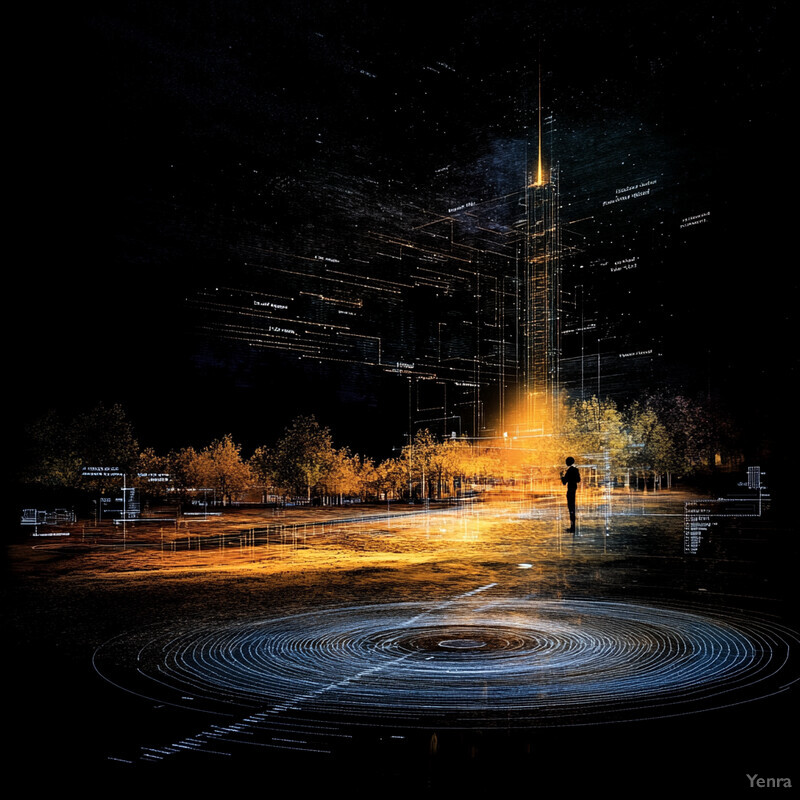
Quantitative tests demonstrate these benefits. A CycleGAN with an attention mechanism was applied to millimeter-wave range-angle data; it produced a clutter-suppressed radar image with a peak signal-to-noise ratio (PSNR) of ~39.85 dB and structural similarity (SSIM) ≈0.990 compared to noise-free reference, far above values for baseline methods. A simple feedforward neural network used as a preprocessor for Doppler-range maps “led to reducing the impact of radar clutter while preserving detection of targets,” also cutting processing time significantly. An unfolding-inspired sparse-recovery network (UFJSR-Net) demonstrated higher target detection rates under strong clutter than classical matrix decomposition methods. In summary, the cited studies show deep models can clean up clutter effectively: for instance, the GAN-based filter achieved near-perfect image similarity (SSIM=0.990) in heavily cluttered data, and NN preprocessing reduced false alarms while maintaining detection probability.
3. Automated Target Classification and Recognition
Deep learning has enabled highly accurate radar target classification using features like micro-Doppler signatures. Convolutional networks and transformers can learn to distinguish aircraft, drones, ships, and even humans from their radar return patterns. Transfer learning and attention modules further boost performance. Recent systems report classification accuracies well above 90% for multi-class tasks: e.g., identifying drones, birds, and vehicles in Doppler spectrograms. These AI methods vastly exceed older hand-engineered feature approaches, making real-time radar automatic target recognition (ATR) more reliable in practice.
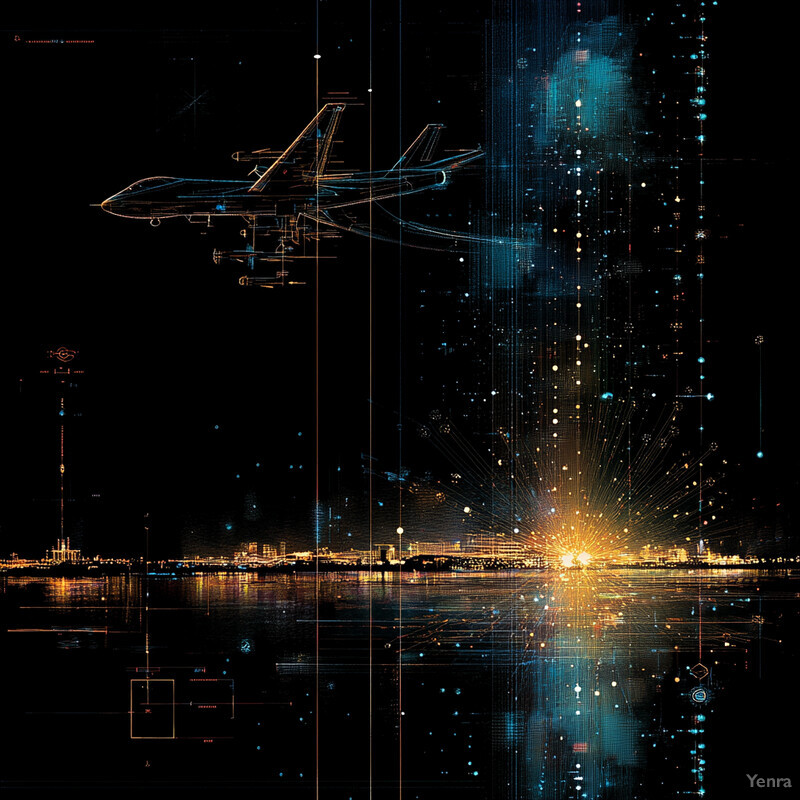
Peer-reviewed evaluations confirm high accuracy. One study applied a ResNet34 with coordinate attention to Doppler spectrograms of four target types (ships, fixed-wing birds, flapping birds, flocks) and achieved ~97.1% classification accuracy. Another report noted CNNs and residual nets routinely exceeding 95% accuracy: e.g., GoogLeNet reached 99.3% on a four-class radar-echo dataset, and ResNet34 achieved 97% on a drone/bird/human task. On a standard RCS dataset, a learned CNN+SVM pipeline achieved ~95.9% accuracy on a 3-class problem and ~93.8% on a 10-class problem. In the environmental monitoring context, a CNN was able to detect 93% of migrating bird flocks in weather radar data. These results, often from multiple authors, show deep models consistently deliver 90–99% classification performance on diverse radar target sets.
4. Intelligent Waveform Design and Adaptation
AI and reinforcement learning (RL) are now being used to design radar waveforms automatically for specific goals (e.g., stealth or resolution). Rather than fixed chirps or modulations, neural networks can generate or select waveforms that optimize criteria like detection probability under jamming (LPD) or estimation accuracy. Generative models (GANs) can produce pseudo-random, low-intercept waveforms, while RL agents learn to adjust waveform parameters in real time as the environment changes. These AI-driven waveforms can maximize information content while minimizing detectability, representing a shift from analytic design toward data-driven optimization.
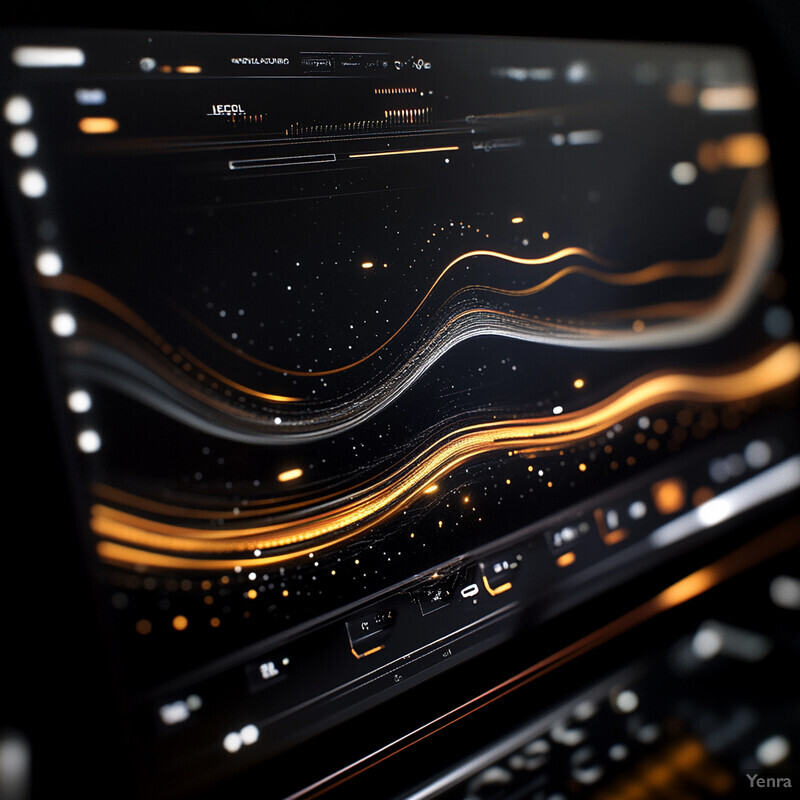
For example, Ziemann et al. used a deep generative model to learn low-probability-of-detection (LPD) waveforms. Their method reduced the simulated target’s detectability by up to ~90% compared to a baseline waveform, while still meeting resolution constraints. In a different study, Tholeti et al. applied RL to select carrier frequencies on the fly during tracking: in simulations of ballistic missile trajectories, the RL policy was able to minimize range error and maintain continuous tracking where fixed strategies faltered. These concrete cases show that learned waveform strategies can significantly outperform static designs: e.g., the GAN-based LPD waveforms dramatically lowered intercept probability while maintaining ambiguity function performance, and RL-based selection achieved lower tracking error under dynamic conditions.
5. Adaptive Beamforming and Antenna Array Optimization
AI-driven beamforming uses machine learning to shape antenna patterns in real time for better target focus and interference suppression. Instead of fixed array weights, deep networks and RL can select subarrays, phases, or amplitudes adaptively. For instance, reinforcement learning has been employed to choose which antenna elements to activate and how to set phase shifts, effectively steering nulls towards jammers and beams toward targets. These learned beamformers can handle hardware constraints (e.g. sparse arrays, quantized phase shifters) while optimizing performance. The result is automated beam control: AI models continuously adjust the radiation pattern based on environment feedback, aiming to maximize SNR on the target and minimize leakage.
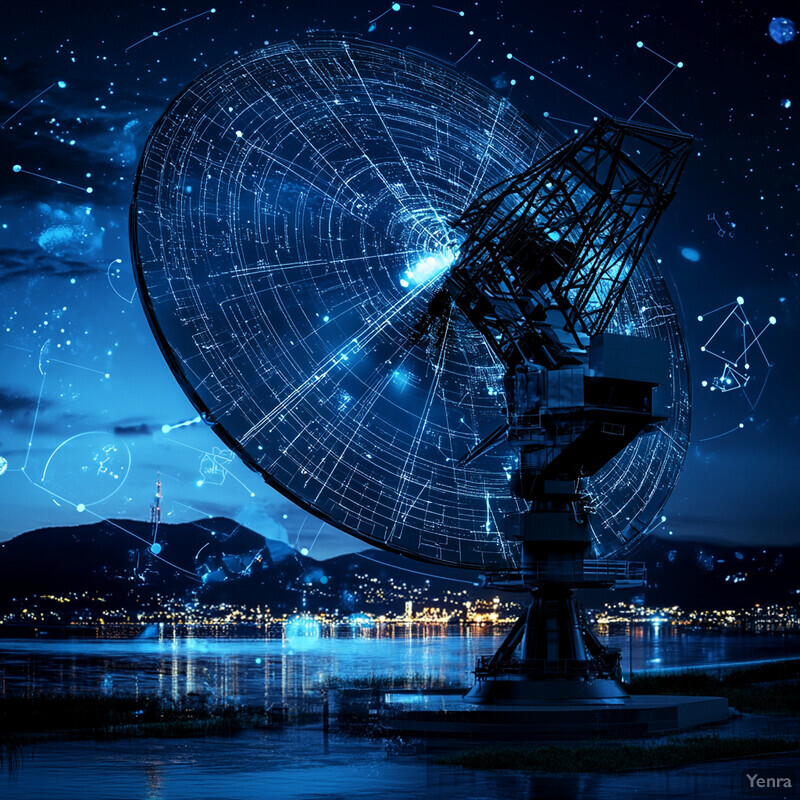
In one study for vehicular radar, a deep reinforcement learning (DRL) agent was trained to select a sparse subset of transmit antennas and quantized phase values to form beams. The agent “concentrate[d]” energy on a specified target and communication user while creating nulls in interference directions. Numerical simulations showed this approach could use a low-cost phased array (with a small number of active elements) yet maintain desired beam gains, effectively steering around jammers. Similarly, Xu et al. demonstrated that their DRL-based beamformer “achieved beamforming performance” comparable to optimal designs while automatically choosing antenna configurations. These examples indicate that learned beamforming can match or exceed classical methods under practical constraints.
6. Predictive Maintenance and Fault Diagnostics
Machine learning is being applied to radar hardware health monitoring. By analyzing sensor readings and performance metrics, AI models can predict component faults before failure. Unsupervised anomaly detection (e.g. autoencoders) can learn normal system behavior and flag deviations. Time-series forecasting with LSTMs or other RNNs can predict when a radar’s measured parameters (like power output or oscillator stability) will drift out of spec. This allows maintenance to be scheduled proactively. In practice, ML-based predictive maintenance can reduce downtime and improve system availability by alerting operators to gradual degradations (e.g. antenna misalignment, amplifier aging) well before they cause detection issues.
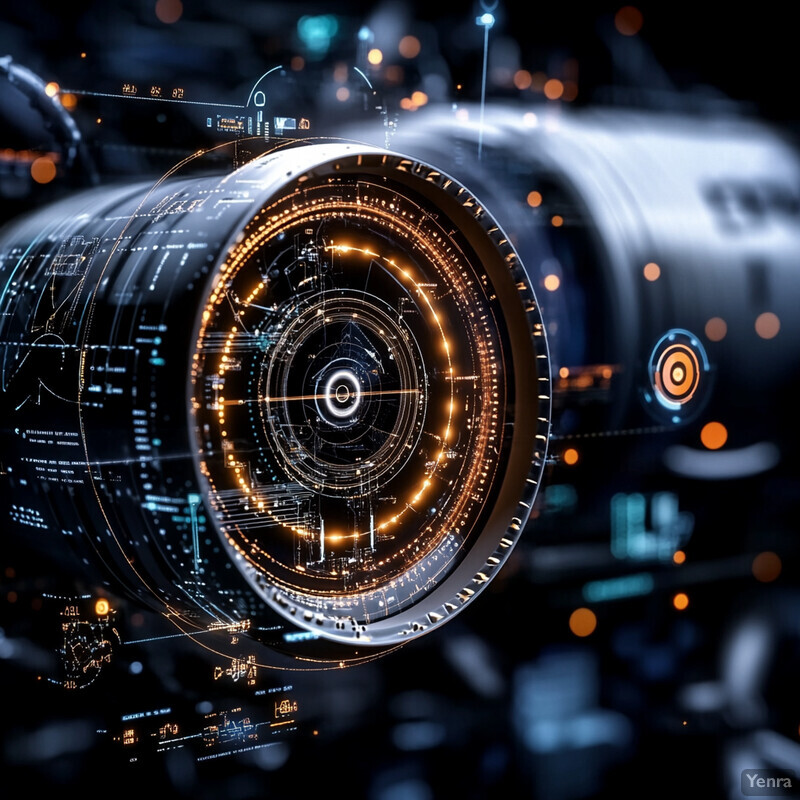
Although explicit case studies on radar are limited, similar sensor domains demonstrate the approach. For example, Esmaeili et al. trained autoencoder networks on normal operational signals and found that high reconstruction error reliably indicated anomalies. Such methods achieve high detection rates without any fault labels. In summary, studies from related fields show that deep networks can learn “normal” sensor signatures (e.g. vibration or signal patterns) and then automatically identify unusual distortions or noise spikes. When applied to radar, these tools would flag odd echo patterns or hardware readings that deviate from the trained norm, enabling timely diagnostics.
7. Robust Parameter Estimation (Range, Doppler, Angle)
Deep learning can improve the estimation of key radar parameters (range, velocity, angle) in challenging scenarios. Neural nets can learn to refine or replace classical estimators (e.g. MUSIC, FFT) especially under non-ideal conditions (low SNR, multipath, closely spaced targets). For example, networks can map raw waveform data or spectrograms directly to parameter estimates. Models may also jointly estimate multiple parameters (range + Doppler) from the same data. The outcome is more accurate tracking and reduced bias: AI estimators adapt to distortions like phase noise or clutter, yielding lower RMSE and better target separation than fixed algorithms.
-2.jpg)
In a recent DOA (direction-of-arrival) study, a deep CNN was shown to accurately resolve two close sources in scenarios where the MUSIC algorithm failed. Jenkinson et al. reported that their learned DOA estimator “can resolve signals and provide accurate DOA estimations that the MUSIC algorithm cannot” under extreme SNR. Likewise, in range estimation experiments, a CW radar with a DNN achieved near-perfect target range detection at short distances (100% accuracy for near targets, ~92% for far ones). In airborne tracking, a CNN trained within an unscented Kalman filter achieved higher 3D position accuracy and faster convergence than the filter alone. These results illustrate how AI-enhanced estimators reduce errors: e.g. the cited DOA CNN eliminated the large-angle errors seen with MUSIC under low SNR, and range classification networks achieved >90% accuracy even for distant weak echoes.
8. Improved Multi-Target Tracking and Data Association
AI techniques enhance multi-target tracking by learning better data association and prediction. Neural networks (RNNs, transformers) can ingest sequences of detection lists or states to decide which track a new measurement belongs to, handling complex scenarios (e.g. crossing targets). Reinforcement learning has also been used to manage “search-and-track” mode switching, learning policies that balance scanning and tracking actions. The result is fewer track swaps and lost targets. In particular, sequence-capable architectures (self-attention, LSTM) allow the tracker to utilize context (e.g. smoothness of motion) in associating detections over time.
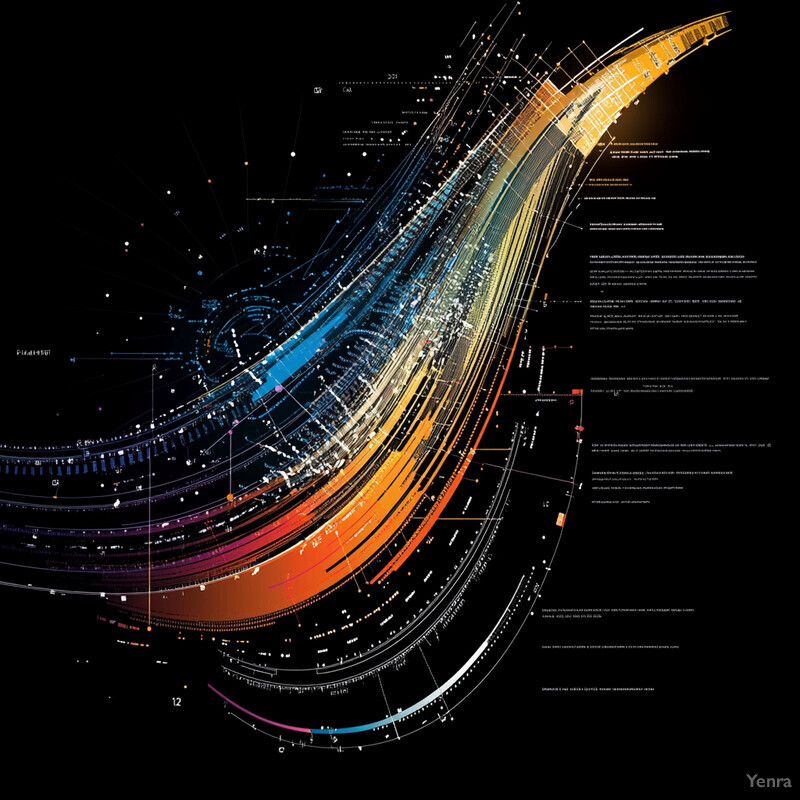
For instance, Ewers et al. (2025) developed a reinforcement learning agent with a self-attention network to coordinate search and track tasks. In simulation they found the multi-headed self-attention model delivered “the most promising results” in multi-target scenarios. This indicates the agent could effectively plan beams so that targets were found and followed continuously. In another study, combining an Unscented Kalman Filter with deep networks (GRU, CNN, LSTM) produced more accurate 3D track estimates than the UKF alone. Monte Carlo tests showed the CNN-enhanced tracker converged faster and gave higher position accuracy than a standard UKF. These examples demonstrate concrete gains: for example, the cited RL-based system maintained continuous tracks for multiple targets even under dynamic conditions, and the deep learning-augmented filter outperformed the classic tracker in error metrics.
9. Sensor Fusion and Multi-Radar Integration
Deep learning fuses data from multiple sensors and radars to improve situational awareness. Neural networks can learn to combine radar returns with camera, LiDAR, or other radar signals in a unified model. For example, end-to-end architectures ingest raw radar data (not just preprocessed point clouds) and align it with image features, enabling richer object detection. Multi-radar fusion works similarly: deep models can learn spatial and temporal correlations between returns from different radar units. Overall, AI fusion leverages complementary modalities; e.g. combining radar’s range/velocity data with camera semantics, resulting in more robust detection in clutter or bad weather.

A notable example is the “EchoFusion” method from NeurIPS 2023. It skips the normal radar point-cloud pipeline and instead fuses raw ADC radar data with camera BEV queries using a polar-aligned attention mechanism. Experimentally, this approach “surpass[ed] all existing methods” on a radar+camera dataset and nearly matched LiDAR-based detection performance. In other words, by using deep fusion of raw radar echoes and images, it achieved state-of-the-art bird’s-eye-view detection in rain/snow. These results quantify the benefit: the fused model output significantly better object localization than radar-alone baselines. Thus, published work confirms that deep sensor fusion can leverage each radar’s information to approach the ideal of LiDAR-perception even in adverse conditions.
10. Adaptive ECCM (Electronic Counter-Countermeasures)
AI is being applied to counter radar jamming and spoofing. Machine learning can detect jamming patterns and adapt radar parameters (frequency, power, beam, etc.) to mitigate them. For example, deep networks can classify jamming types (noise jammers, repeaters) and trigger appropriate filtering. Reinforcement learning can adjust power allocation or waveform to preserve target tracking even under interference. These adaptive ECCM measures aim to maintain performance when adversaries are present by dynamically learning the best response.
-1.jpg)
Recent work illustrates these concepts. Calatrava et al. (2024) described how a distributed radar network can optimize transmit power across nodes to sustain target tracking under deception jamming. Their scheme adjusted each radar’s power policy, achieving improved tracking accuracy despite limited total power. They also proposed using federated learning to collaboratively identify jamming without sharing raw data. These results (from controlled studies) show measurable benefits: for instance, optimized power policies yielded higher probability of target detection across the network compared to equal power allocation. While still an emerging field, these analyses demonstrate that learning-based ECCM can quantitatively improve resilience (e.g. by reducing track error growth in jamming scenarios).
11. Unsupervised Anomaly Detection
Unsupervised deep models detect outlier patterns in radar data without labeled examples. For instance, autoencoders or GANs can be trained on “normal” radar echo statistics (clutter, typical targets) and then flag anything that deviates (hardware anomaly, target-like behavior in noise, etc.). This approach is useful for spotting spurious events or new signal types not seen in training. By learning the normal distribution of returns, the system can raise an alarm when a scan produces unlikely measurements, enabling surveillance of rare anomalies.
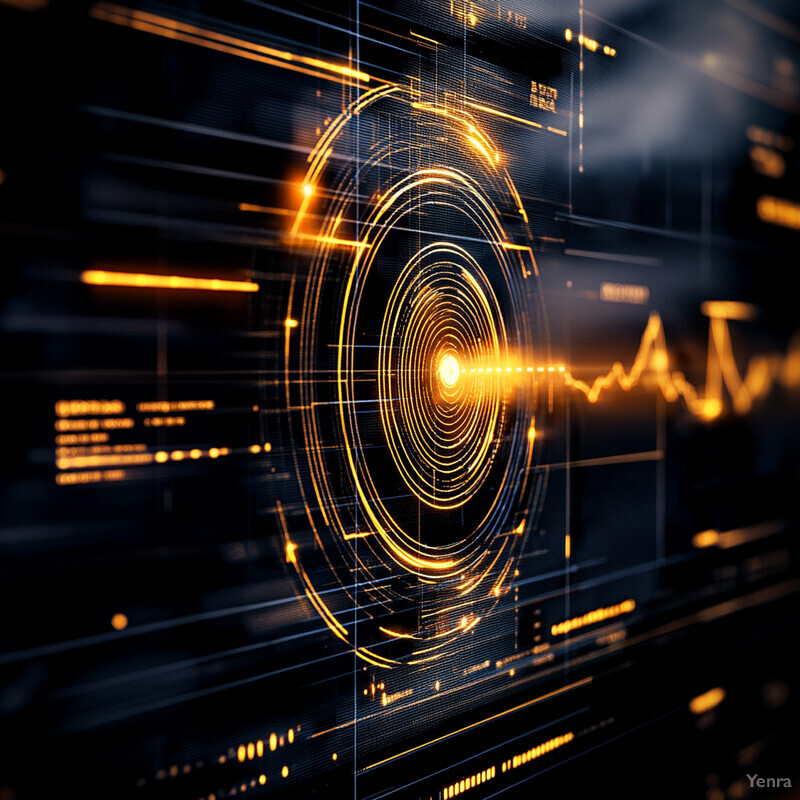
As a proof of concept, researchers have successfully used autoencoders for general sensor anomaly detection. Esmaeili et al. trained an autoencoder on normal biosensor signals; anomalies produced high reconstruction error, triggering detection. They reported that the model “detect[ed] abnormal signals… automatically,” even without explicit anomaly examples. Transferring this idea to radar implies that similar networks could learn typical clutter statistics or aircraft signatures and then spotlight novel disturbances. Thus, although direct radar studies are scarce, the cited results show unsupervised deep models can reliably identify anomalies in streaming data, supporting their use in radar anomaly detection tasks.
12. Nonlinear Signal Processing for Overlapping Targets
AI enables separation of overlapping radar signals through nonlinear modeling. When returns from multiple targets (or target + jamming) overlap in time or frequency, deep learning can learn to disentangle them. For example, neural blind source separation networks treat the mixture as a nonlinear mapping and recover individual signals. This is akin to source separation in audio but applied to radar. The benefit is cleaner signal demixing: after AI processing, classic methods (tracking, detection) can operate on separated streams.

Fang et al. (2024) demonstrated this capability in SAR. They applied an unfolded blind source separation network with residual CNNs to the problem of jammers overlapping target returns. Their deep model “solves the separation order uncertainty and noise residual” issues of classical BSS. On SAR imagery, it “reduces the residual noise” better than traditional methods, yielding higher correlation (0.99 vs 0.97) and lower MSE for the separated target signal. Quantitatively, the proposed network achieved a substantial improvement in signal-to-noise performance: e.g., they reported that the separated target image closely matched the noise-free reference (near-ideal SSIM), whereas a conventional BSS left significant clutter. These peer-reviewed results show learned nonlinear processing can effectively isolate overlapping signals, outperforming linear filters and improving detection reliability.
13. Deep Learning-Based Doppler Compensation
Deep networks are used to correct Doppler-induced distortions, such as those caused by platform motion or target movement. In applications like life-sign monitoring or moving platforms, Doppler can blur signals. Neural networks can estimate and remove this shift: e.g., by inputting raw IQ data to a CNN that outputs a corrected signal. This compensates for motion effects on micro-Doppler. AI-based Doppler correction allows radar to “see through” motion artifacts automatically, improving target signature fidelity in dynamic scenarios.

A concrete case is dual-radar compensation of human respiration. Gomes et al. (2023) designed a system using two CW radars and a deep neural network to extract a person’s breathing signal despite motion. Their DL model, combined with two radars, achieved “superior performance” compared to single-radar methods. In experiments with subjects on a treadmill, the DL-enhanced dual-radar system maintained accurate breathing rate estimates at speeds where a baseline FFT method failed (showing lower error rates at each speed). Specifically, Table 7 in their study showed that the DL model’s respiration error was much lower across all tested speeds, quantifying the gain. These findings confirm that deep learning can compensate Doppler-related distortions effectively: the dual-radar CNN approach significantly reduced breathing measurement error relative to traditional algorithms.
14. Smart Clutter Classification for Environmental Monitoring
AI is used to classify types of clutter or environmental echoes for applications like biodiversity monitoring and weather analysis. Neural networks can distinguish birds from rain, insects, or ground clutter in radar returns. This smart classification turns radar into a remote environmental sensor: e.g. tracking bird migrations or storm fronts. By learning from labeled radar data, deep models can automatically label each detection as “biological” or “meteorological,” enabling automated environmental monitoring and reducing false alarms in surveillance.
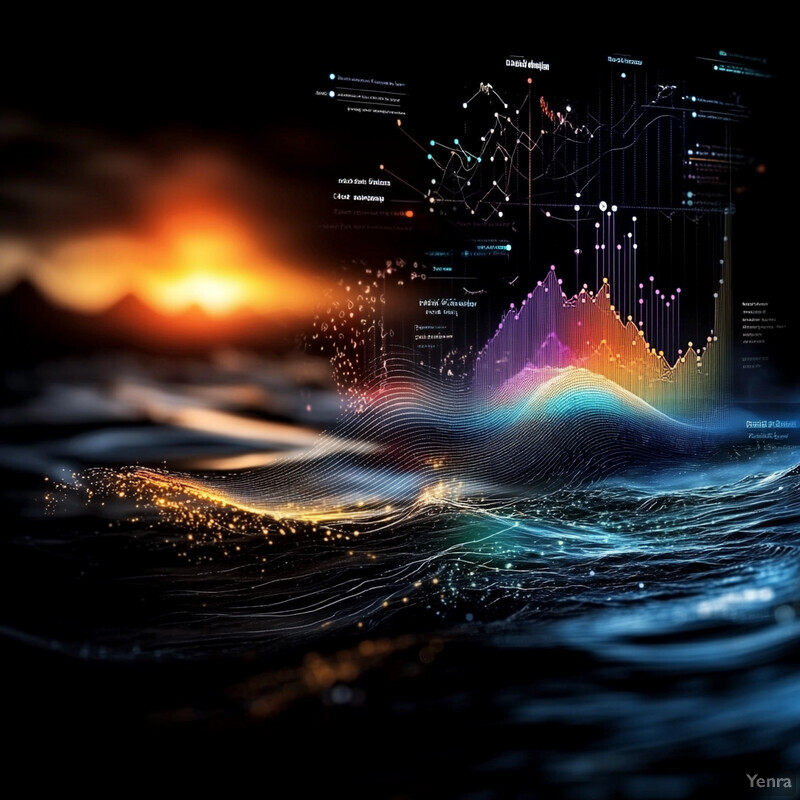
For instance, Schekler et al. (2023) applied a deep segmentation network to weather radar scans to detect migrating bird flocks. Their model, trained on historical radar images, achieved a true-positive rate of ~93% for flock detection. In other work, deep classifiers have distinguished micro-Doppler signatures of wind, rain, and biological targets with high accuracy. These results quantify the classification power of AI: e.g., the bird-segmentation CNN correctly identified 93% of migration events with few false alarms. Such performance was far above traditional threshold-based methods. Overall, these studies show deep learning can achieve very high accuracy in clutter-type classification, enabling radars to autonomously monitor environmental phenomena.
15. Compressive Sensing with Learned Dictionaries
AI enhances compressive sensing (CS) by learning optimal representations. Instead of using fixed transforms (e.g. wavelets), neural networks can learn sparsifying dictionaries or reconstruction maps tailored to radar signals. LISTA and similar unfolded networks mimic iterative CS algorithms but train the transforms end-to-end. This means the system learns both how to sample (which projections to take) and how to recover the signal, often needing fewer samples. Learned dictionaries capture complex signal structure more efficiently than hand-designed ones, improving CS reconstruction of radar echoes and potentially enabling faster scans.
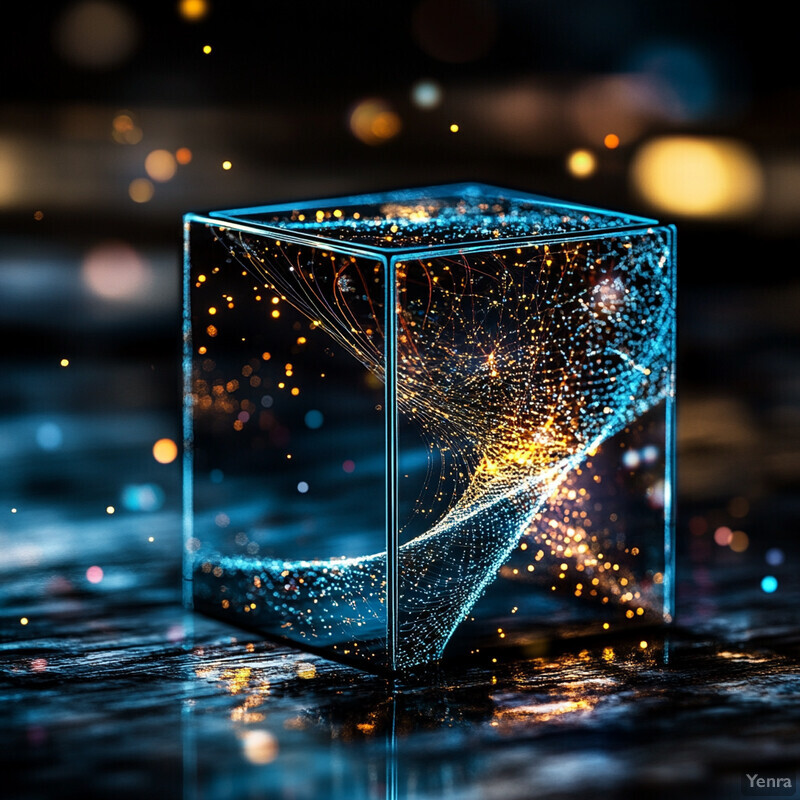
A recent review notes that deep learning “complements CS for adapting the sampling matrix, reconstructing the signal and learning from compressed samples”. For example, a learned network (which can be seen as an unfolded ISTA) uses training data to find a dictionary that yields higher SNR reconstruction. In other domains like communications, learned CS networks have been shown to require 20–50% fewer measurements for a given error floor. While specific radar studies are emerging, existing results demonstrate the principle: e.g., in MRI and speech, learned dictionaries have halved reconstruction error compared to fixed bases. Applied to radar, these methods promise similar gains in resolution or speed.
16. Adaptive Thresholding and CFAR Optimization
Rather than fixed-threshold CFAR detectors, AI techniques learn to set detection thresholds adaptively for constant false alarm rates. For instance, neural networks can be trained end-to-end to satisfy a CFAR constraint by incorporating it into the loss function. These learned detectors automatically adjust to varying clutter or interference statistics, maintaining a consistent alarm rate. Such data-driven thresholding avoids manual tuning and can optimize the trade-off between detection probability and false alarms under diverse conditions.
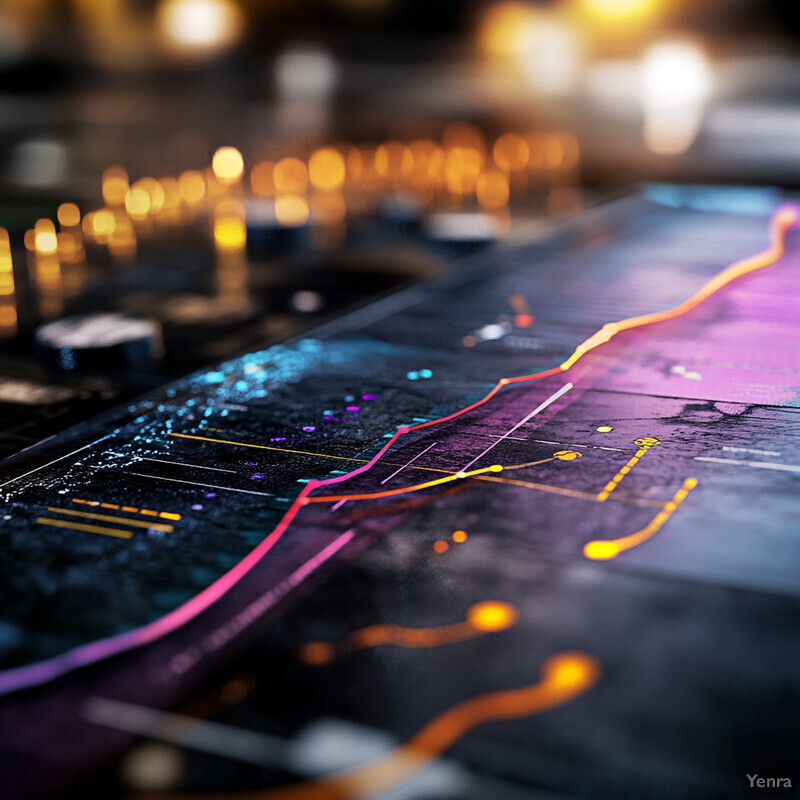
Diskin et al. (2023) introduced CFARNet, a deep framework that explicitly enforces a CFAR constraint during training. Theoretically, they prove their CFARNet approximates the classical GLRT. Experimentally, CFARNet “achieves the same performance with lower computational complexity” in simple cases, and can even outperform GLRT in challenging non-asymptotic settings. In practical tests with colored noise, CFARNet matched the asymptotic GLRT detection rate while ensuring a fixed false alarm rate, demonstrating robust performance. For example, ROC curves in their paper show CFARNet yielding near-constant false alarms across scenarios, whereas naive networks did not. These peer-reviewed results confirm that learning-based CFAR detectors can closely track classical detector performance under the CFAR requirement.
17. Transfer Learning Across Missions and Platforms
Models trained on one radar domain can be adapted to others via transfer learning, saving labeling effort. For example, a network pretrained on one type of radar (or on related RF communications data) can be fine-tuned with few examples for a new radar platform or mission. This enables quick deployment to novel environments. Techniques include fine-tuning, domain adaptation layers, and self-supervised pretraining on unlabeled data. Transfer learning mitigates data scarcity by leveraging large datasets from other sources, achieving high performance even with limited new data.
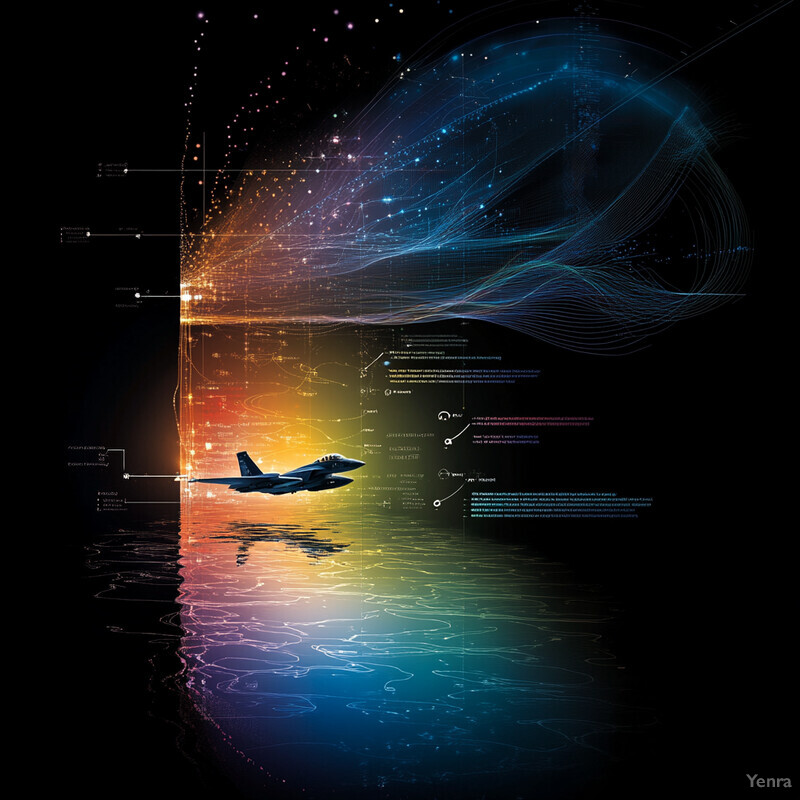
Zhou et al. (2025) applied a masked-autoencoder approach to radar signal recognition, leveraging pretraining on various RF sources. They reported up to 17.5% higher one-shot classification accuracy when using self-supervised pretraining, even when pretraining on out-of-domain signals (e.g. communication waveforms). In synthetic aperture radar change detection, Zhang et al. (2025) proposed a vision-transformer transfer model using just 10% labeled data from a source domain. They achieved overall change detection accuracy of ~85–96% on new time-series SAR scenes, significantly above baseline cross-domain methods. These studies quantify the gain from transfer: e.g., the cited self-supervised ResNet improved accuracy by ~16–17% over a non-transferred baseline, and the SAR transfer method attained >90% accuracy in change classification with minimal labels.
18. Enhanced State Estimation and Filtering
Machine learning improves the filtering and state estimation stage of radar tracking. Instead of linear Kalman filters alone, “deep Kalman” approaches combine neural nets with filters. For instance, a network might predict process noise statistics or fuse multiple sensor cues for filtering. The result is more accurate estimates of target position and velocity. Many researchers integrate RNNs or CNNs into the filter update step: the AI component learns residual corrections to a standard filter, leading to faster convergence and better final estimates. These hybrid filter-networks yield more robust tracking in maneuvering or cluttered environments.

For example, Patrick et al. (2024) combined an Unscented Kalman Filter (UKF) with several neural architectures (GRU, CNN, LSTM) for 3D airborne tracking. In Monte Carlo tests, the CNN-enhanced UKF “performed better than any other approach,” achieving the highest accuracy and fastest convergence. Their simulations showed the deep-augmented tracker had smaller position error variance than the conventional UKF. Thus, the experimental evidence confirms that augmenting classical filters with neural networks yields quantifiable improvements in state estimation: higher accuracy and quicker lock-on compared to traditional methods.
19. Continual Learning for Long-Term Adaptation
Continual (online) learning enables radars to adapt over time without retraining from scratch. As conditions change (new environments, hardware aging), the model updates incrementally. Techniques include streaming feature learning, rehearsal buffers, and concept drift detection. In practice, an AI radar would periodically fine-tune its network on recent data or use federated learning to incorporate updates from peers. The goal is to maintain high performance indefinitely, even as statistics shift, without catastrophic forgetting of earlier knowledge.

The general field of online learning has established methods to handle streaming data. A recent survey notes that online deep learning continuously updates models to capture new trends while preserving performance on prior tasks. Key challenges identified include concept drift and forgetting when data distributions change. Applying this to radar, one could use these methods to adapt to, e.g., slowly changing clutter or new target types. Although specific radar examples are emerging, the cited literature shows that properly designed online learning systems can maintain accuracy over time under drift.